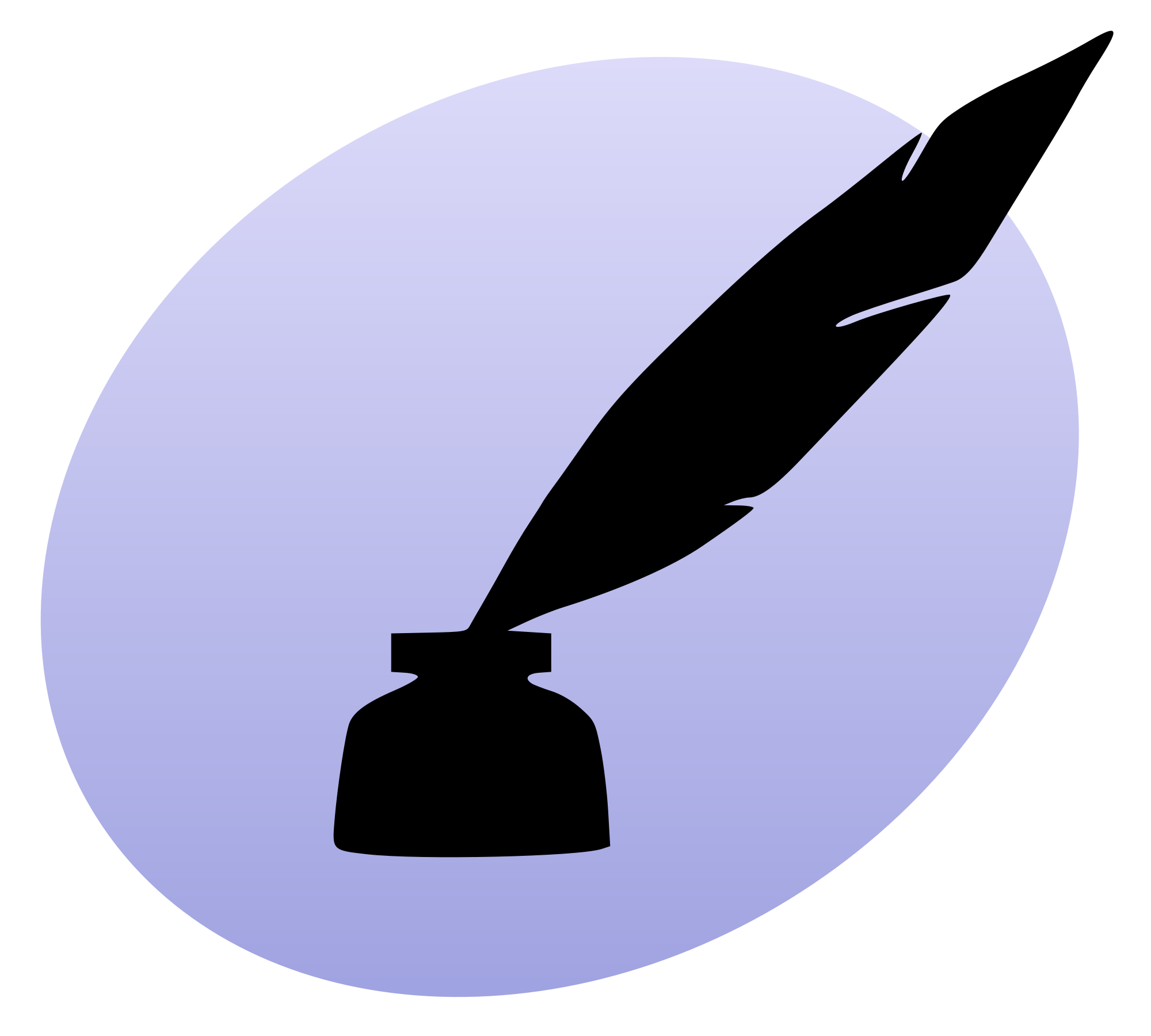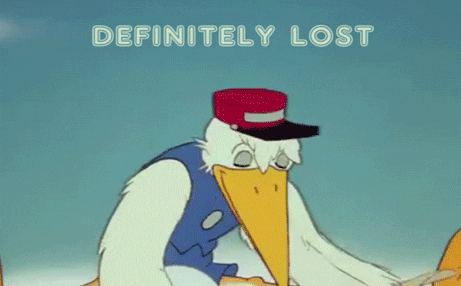A gap. The lack of material or substance, a vacuum. In research, “the gap” can be seen in a similar way. The lack of continuity and information, be it intentional or unintentional, in a source, or between sources which show how or why something had happened (for example).
In some cases, we (and I am very guilty of this) get lazy and decide we have sufficient information, and we take a leap of faith over the gap, hoping we (and the paper) don’t fall through. In this research case, however, I am working on climbing down the gap, and then scaling back up to get to the other side.

Source: Max Pixel
After hours of research, I thought I has everything that I needed. It wasn’t until I tried piecing everything together on a timeline that I found out a piece was missing. More specifically, I saw that I didn’t know what exactly had caused the change in the socio-political climate from the 50s to the 60s. Initially, I just thought more and more people were just becoming left-winged. Not only is that not necessarily the case, but it is also a strong assumption to apply as fact. So I decided to slowly climb down this gap.
Obviously, I had to change my research direction. By approaching the gap with more “historically-minded” research (e.g. history journals, history essays, etc.), I thought I would be able to easily pin point a factual cause to the effect. And I was right!
What I soon discovered was that McCarthyism (a major practice and mindset of all that Red Scare nonsense) was very big toward the start of the Cold War. People were getting accused of being a Communist spy left and right for even showing minor sympathy or leftist preference. This silenced a lot of the Left’s voice. Toward the end of the 50s, the country united to bring an end to the abuses of McCarthyism (McCarthyism led to a lot a horrible stuff. Just look for yourself).

Source: Wikimedia
This lead to the slow fall of McCarthyism, and as the socio-political climate eased up on the Left, the Left slowly got its voice back, leading to apparent shift in public opinion.
Honestly, extra research wasn’t that bad. Sure, it would have been much easier and time efficient to jump make the leap of faith, but hey, I got a few extra sources under my belt and a few paragraphs in my toolkit.
Photo Sources:
https://commons.wikimedia.org/wiki/File:Anticommunist_Literature_1950s.png
http://maxpixel.freegreatpicture.com/Person-Chasm-Leap-Gap-Jumping-Man-Courage-Jump-456100

















